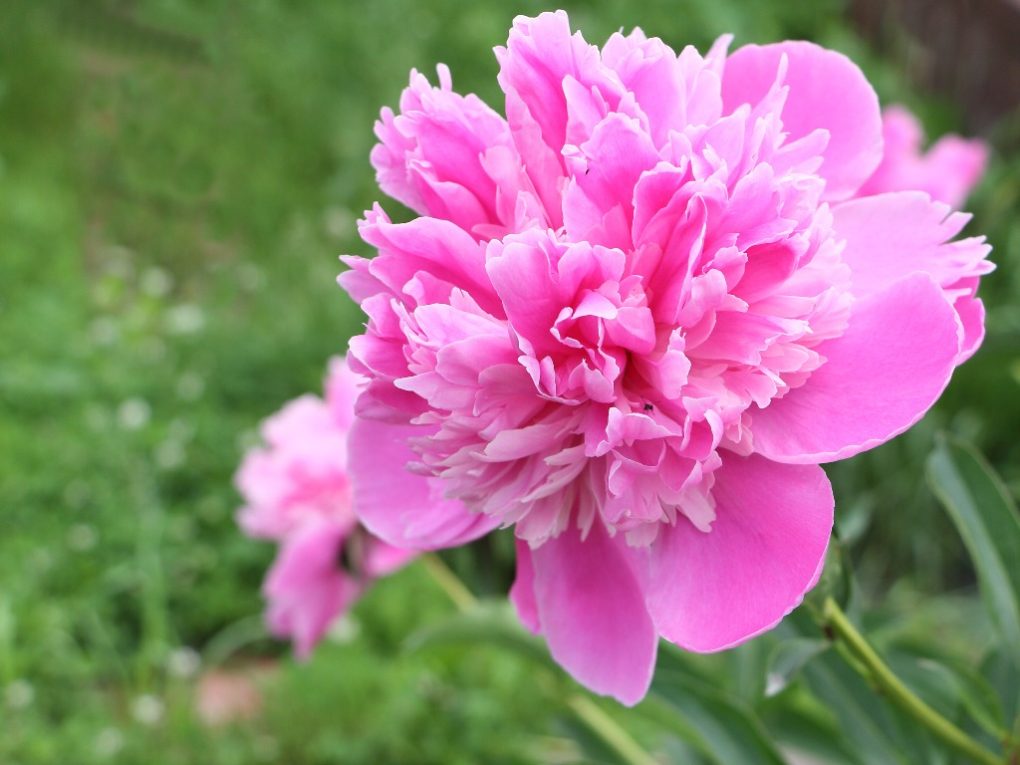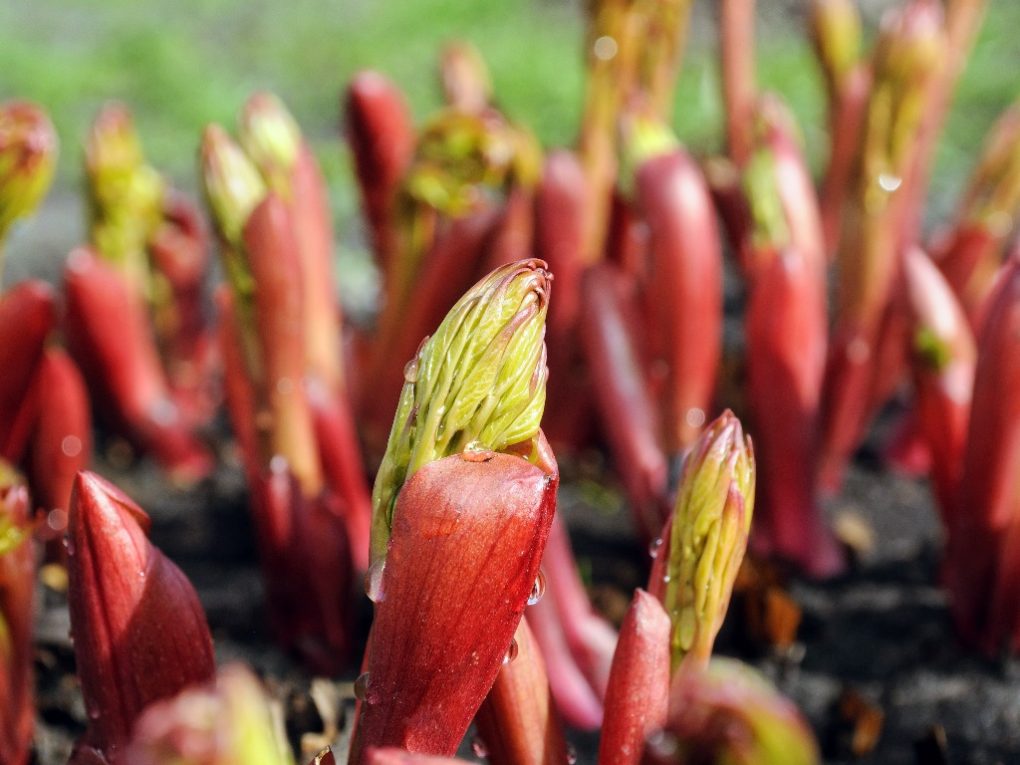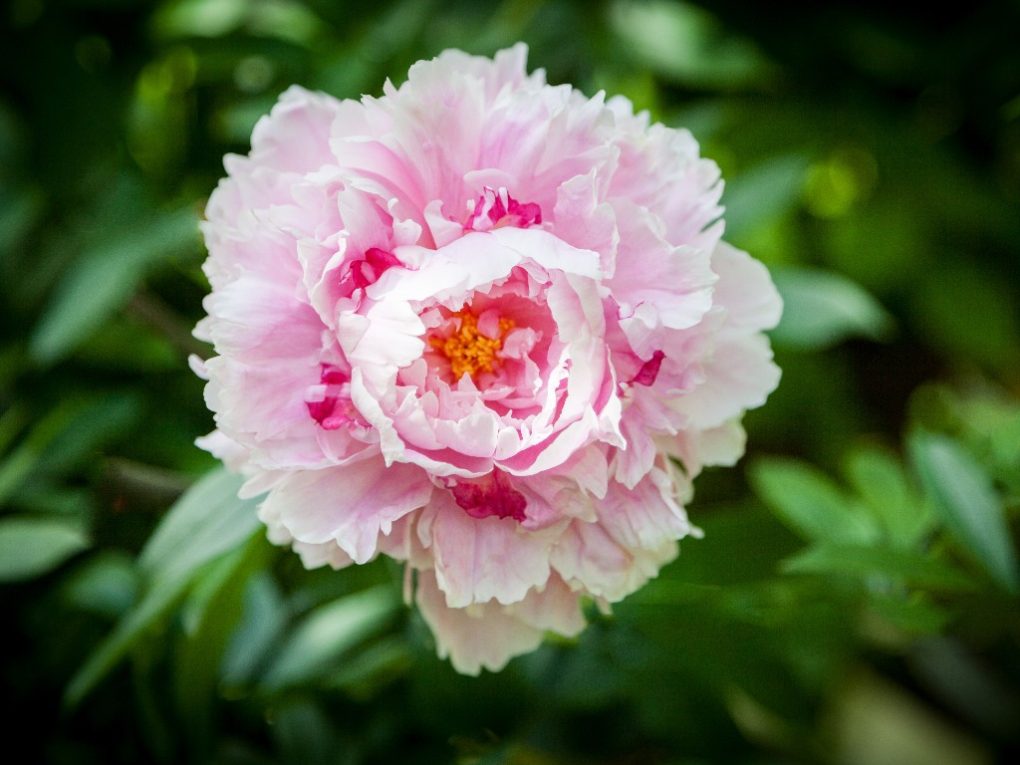Peony: Annual or Perennial?
Peonies are herbaceous perennials, according to the Royal Horticultural Society, meaning that their foliage dies back to the ground each fall and regrows in the spring. They are long-lived plants that can live for decades, with some varieties known to thrive for over 100 years. Peonies are also relatively low-maintenance, making them popular for gardeners of all skill levels.

While peonies are perennials, they require some care to ensure they return year after year. This includes planting them in well-draining soil, providing adequate sunlight, and keeping them watered during dry spells. With proper care, peonies can provide years of beautiful blooms and fragrances to any garden.
Table of Contents
Annual vs. Perennial Peonies
When it comes to choosing between annual and perennial peonies, it depends on personal preference. Annuals can be a good choice for those who want to try growing peonies for the first time or want a smaller, more delicate flower. Perennials are a better choice for those who want a long-lasting, hardy plant that will return year after year.
Annual Peonies
Annual peonies, also known as herbaceous peonies, have a lifespan of one year. They grow from seed, bloom, and die all in one growing season. These peonies are typically smaller than their perennial counterparts and have thinner stems. They are also less hardy, making them more susceptible to damage from weather and pests.
Perennial Peonies
Perennial peonies, on the other hand, come back year after year. They grow from roots that go dormant in the winter and bloom in the spring and summer. These peonies are larger and hardier than annuals, with thicker stems and more robust foliage. They are also more resistant to pests and weather damage.
Planting Peonies
Peonies are perennials that can live for decades with proper care. They grow best in well-drained soil that is rich in organic matter. Planting peonies in the fall is recommended, as they need time to establish their roots before the winter. Dig a hole about two feet wide and one foot deep when planting. Here are some general guidelines for planting peonies:

- Timing: Peonies should be planted in the fall; ideally six weeks before the ground freezes in your area. This allows them to develop strong root systems before the onset of winter.
- Location: Choose a site that receives full sun (at least 6 hours of direct sunlight daily) and has well-draining soil. Peonies also prefer soil with a pH between 6.0 and 7.0.
- Soil preparation: Before planting, work the soil to a depth of at least 12 inches and amend it with organic matter such as compost or aged manure. This will improve soil structure, drainage, and fertility.
- Planting depth: Dig a hole deep enough to accommodate the peony root system, typically around 2-3 inches deep. Place the root system in the hole so that the eyes (buds) are facing upward, and cover it with soil, leaving just the topmost eyes exposed.
- Spacing: Space peonies at least 3-4 feet apart to allow for adequate air circulation and room to grow.
- Watering: Water thoroughly after planting, and continue to water regularly during the growing season, especially during dry spells.
- Mulching: Apply a layer of mulch around the plants, but not directly on top of the crown. This will help retain soil moisture, suppress weed growth, and regulate soil temperature.
- Support: Depending on the variety, peonies may require support as they grow. Use stakes or cages to prevent the heavy blooms from bending or breaking the stems.
Choosing Peonies
Best Peony Varieties
Peonies come in a variety of colors, shapes, and sizes. Some popular varieties include:
- Herbaceous Peonies: These are the most common and come in various colors. They die back to the ground in winter and grow in spring.
- Tree Peonies: These peonies have woody stems and can grow up to six feet tall. They have large, showy flowers and come in a range of colors.
- Itoh Peonies: I’ve seen this type of peony, a hybrid of herbaceous and tree peonies with large, colorful flowers. They are also known for their strong stems and long blooming period.
- Sarah Bernhardt: This classic pink double-flowered peony blooms mid-season and has a strong, sweet fragrance.
- Festiva Maxima: This white double-flowered peony with dark red specks at the center blooms mid-season and has a strong, sweet fragrance.
- Coral Charm: This coral-pink single-flowered peony blooms early to mid-season and has a light, sweet fragrance.
- Bowl of Beauty: This pink and white double-flowered peony blooms mid-season and has a light, sweet fragrance.
- Karl Rosenfield: This deep red double-flowered peony blooms in mid-season and has a light, sweet fragrance.
- Bartzella: This yellow double-flowered intersectional peony blooms in mid-season and has a light, sweet fragrance.
- Duchesse de Nemours: This white double-flowered peony with a greenish-yellow center blooms mid-season and has a light, sweet fragrance.
- Gardenia: This white double-flowered peony with a yellow center blooms early to mid-season and has a light, sweet fragrance.

| Factor | Consideration |
| Location | Make sure the peony will get enough sunlight and has well-draining soil. |
| Size | Consider the size of the plant at maturity and make sure it will fit in your garden. |
| Color | Choose a color that will complement your garden and other plants. |
| Bloom Time | Choose peonies with staggered bloom times to ensure a longer blooming period. |
